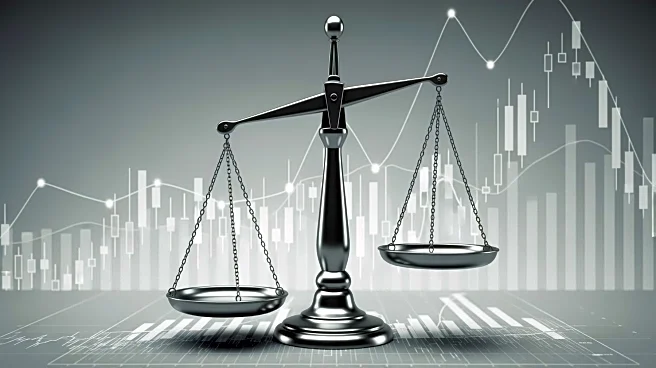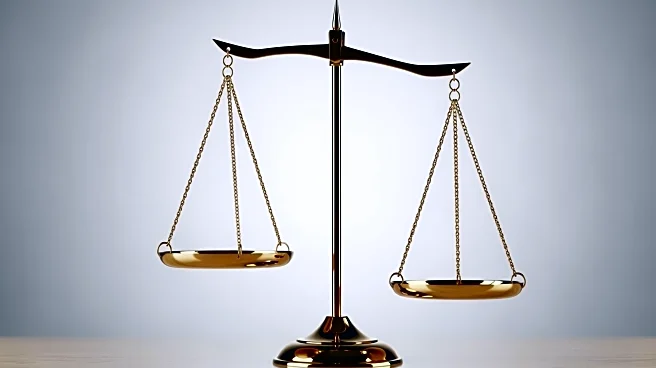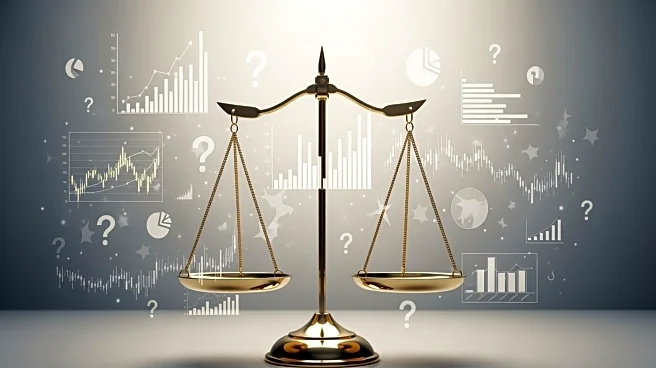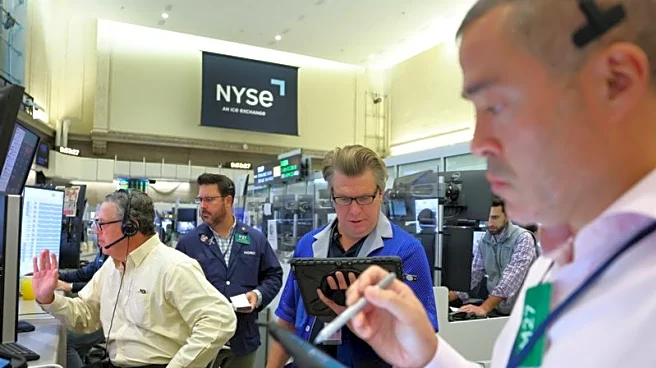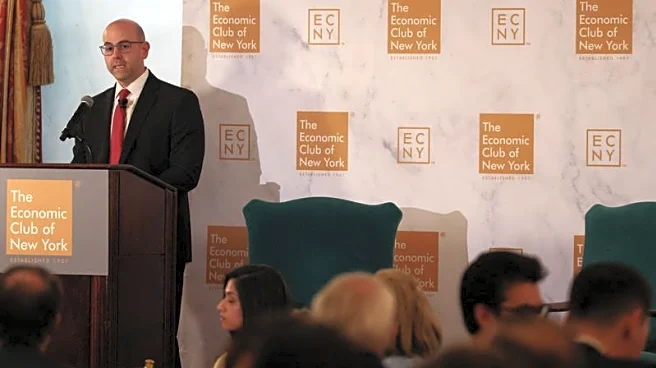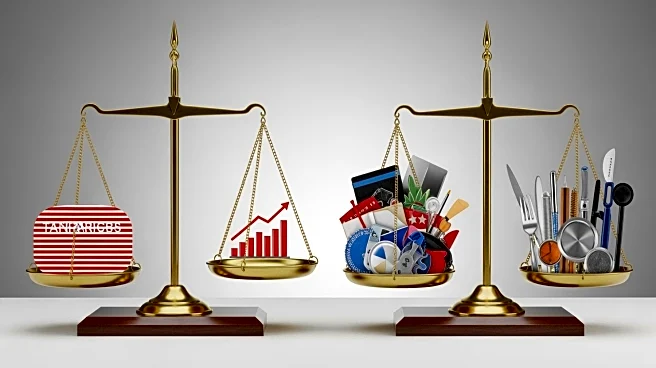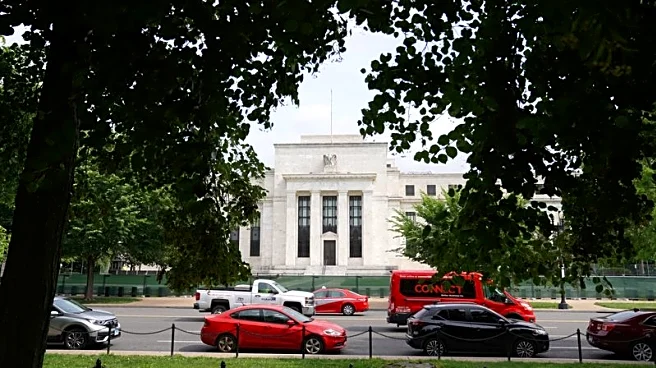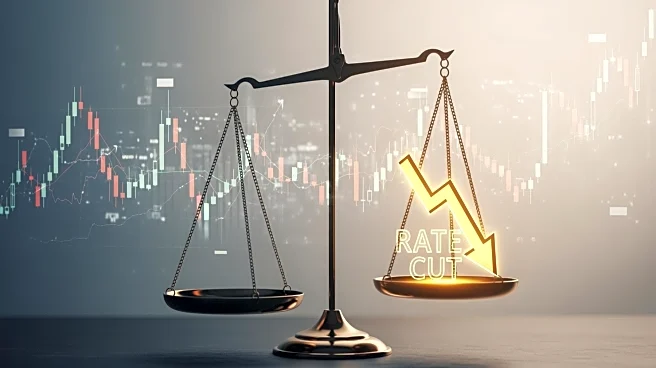What's Happening?
Federal Reserve Governor Stephen Miran, appointed by President Trump, is advocating for a 50-basis-point interest rate cut at the upcoming Federal Reserve meeting on October 29. Despite his push for a more
aggressive cut, Miran acknowledges that the consensus among his colleagues is likely to favor a 25-basis-point reduction. Miran's stance aligns with President Trump's agenda for lower interest rates to stimulate economic growth. However, other Federal Reserve governors, including Christopher Waller, argue for a more measured approach due to mixed signals from the labor market and geopolitical tensions. Waller supports a quarter-point reduction, reflecting the broader consensus within the Fed.
Why It's Important?
The debate over the size of the interest rate cut highlights differing views within the Federal Reserve on how to best support the U.S. economy. A larger cut, as proposed by Miran, could provide a more immediate stimulus to economic growth, potentially benefiting sectors reliant on borrowing. However, a more cautious approach, as advocated by Waller, may help mitigate risks associated with inflation and geopolitical uncertainties. The decision will impact financial markets, influencing borrowing costs and investment strategies across various industries.
What's Next?
The Federal Reserve's decision on the interest rate cut will be closely watched by investors and policymakers. If the Fed opts for a larger cut, it may signal a more aggressive stance on economic stimulus, potentially leading to increased market volatility. Conversely, a smaller cut may reflect a cautious approach, prioritizing inflation control and economic stability. Stakeholders, including businesses and financial institutions, will need to adjust their strategies based on the Fed's decision.
Beyond the Headlines
The ongoing debate within the Federal Reserve underscores the challenges of balancing economic growth with inflation control. The decision on interest rates may also have broader implications for President Trump's economic policies, influencing public perception and political dynamics ahead of upcoming elections.
